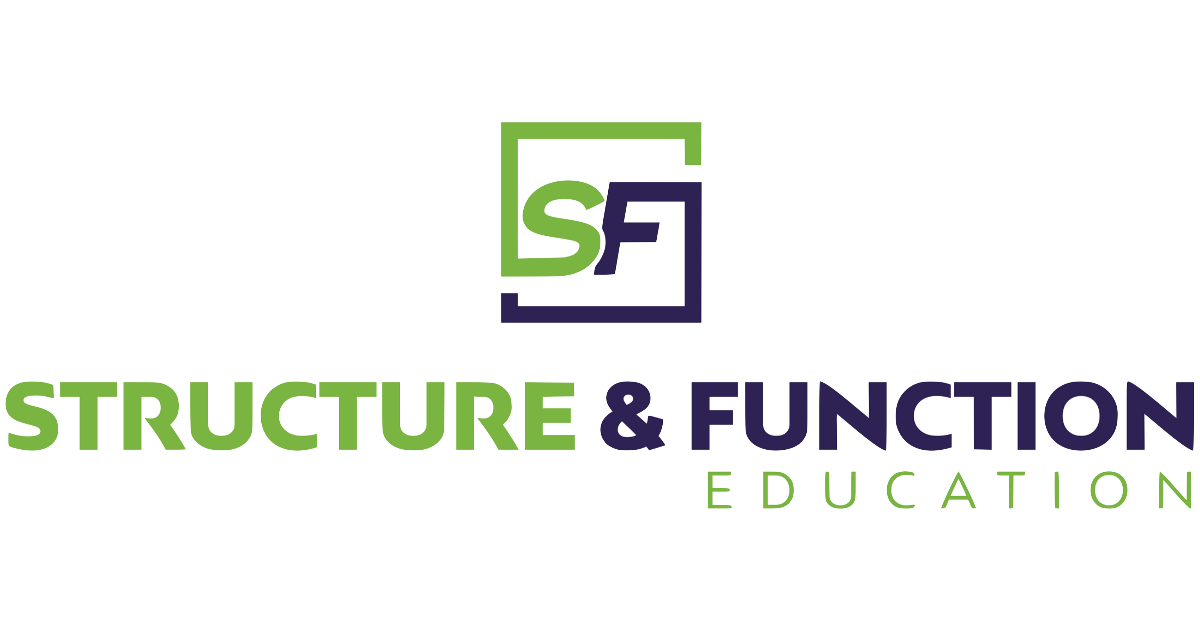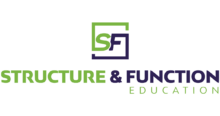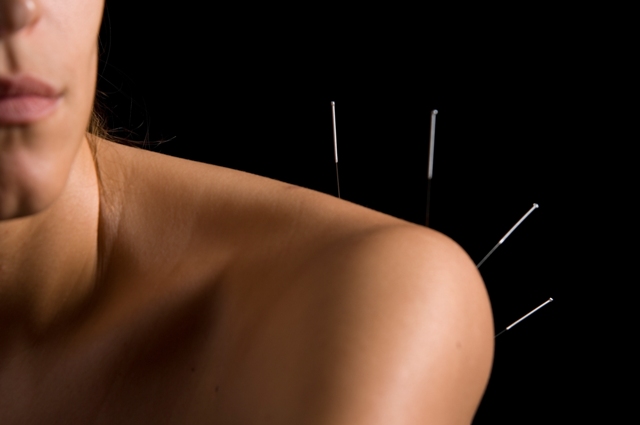Rachel Lampros has been part of the S&F family for many years. Last February she the Advanced Dry Needling Concepts: Comprehensive Approach to the Lumbo-Pelivc-Hip Complex (SFDN-LPH) course and is working on her last case study to get SFDN Certified!
She has been practicing physical therapy for 12 years and currently work at Massachusetts General Hospital Sports Physical Therapy clinic in Boston as a Senior Physical Therapist. She is a board-certified sports physical therapist, semi-retired lacrosse coach, six-time marathoner, and pajama enthusiast.
Rachel also works for the STAND: The Haiti Project, a non-profit providing clinical care in the Northwest of Haiti. They collaborate with community health workers and provide clinical care to rural areas with limited access to medical resources. They also work with the local physical therapy program to provide clinical experiences and employment opportunities.
We did a Q&A with Rachel to learn more about her and how she uses dry needling in her practice. Here is what she shared with us.
Q: Why did you choose to learn dry needling with Structure & Function Education?
Admittedly, I was drawn to Structure & Function because of Sue Falsone. I have followed Sue for the majority of my career; attending conferences when she is featured, reading her book, listening to podcasts, etc. Every time I hear her speak I learn something new that has an immediate impact on my clinical practice. Sue has a real gift for making complex concepts tangible to the everyday clinician. Her fellowship across the disciplines is remarkable, creating a ripple effect to improve the treatment of athletes along the continuum of their care.
I was pleasantly surprised to find that the rest of the Structure & Function Education team is equally talented. Working with Brian Hortz as a lab assistant and more recently taking Tonya Bunner’s Lumbo-Pelvic-Hip Course, I have acquired valuable clinical skills that I have been able to share with my coworkers to elevate our practice. They are great educators with an abundance of clinical knowledge, setting Structure & Function apart from other continuing education companies.
Q: How do you currently use dry needling in your practice?
Drying needling has been a great addition to my clinical practice. I often use DN for pain modulation, particularly for patients struggling with more chronic conditions. I have found that DN gets my patients feeling better faster, allowing them to tolerate corrective exercises that otherwise might be too painful to perform with other treatment strategies. I tend to utilize intra-muscular stimulation whenever possible, particularly to “fatigue out” muscle spasm. As a result, I have found that I have had to do less soft tissue mobilization, saving my hands. I still do spinal manipulation in conjunction with DN and find the combination very effective.
Q: How does the Pentamodal method influence your dry needling practice?
The Pentamodal method has significantly changed my approach to DN, as well as other domains of my clinical practice. Historically, I’ve felt competent and comfortable treating local points of pain, drawing on a biomechanical model to justify my treatment plan. I had a cursory understanding of neurophysiology and hesitant to consider other sources of pain. After taking the advanced course, I developed a deeper appreciation for other pain generators and how these different systems can affect tissue dysfunction. I now spend more time delineating the source of pain versus the cause of pain, looking up and down the chain for different contributing factors, whether that be fascial points, central spinal segments, or primary passive trigger points. My patients are getting better faster. Simply put, this methodology is a game changer.
Thank you Rachel for taking the time to share this with us! We are very honored to have you as part of our community and a key member in the S&F Family!




